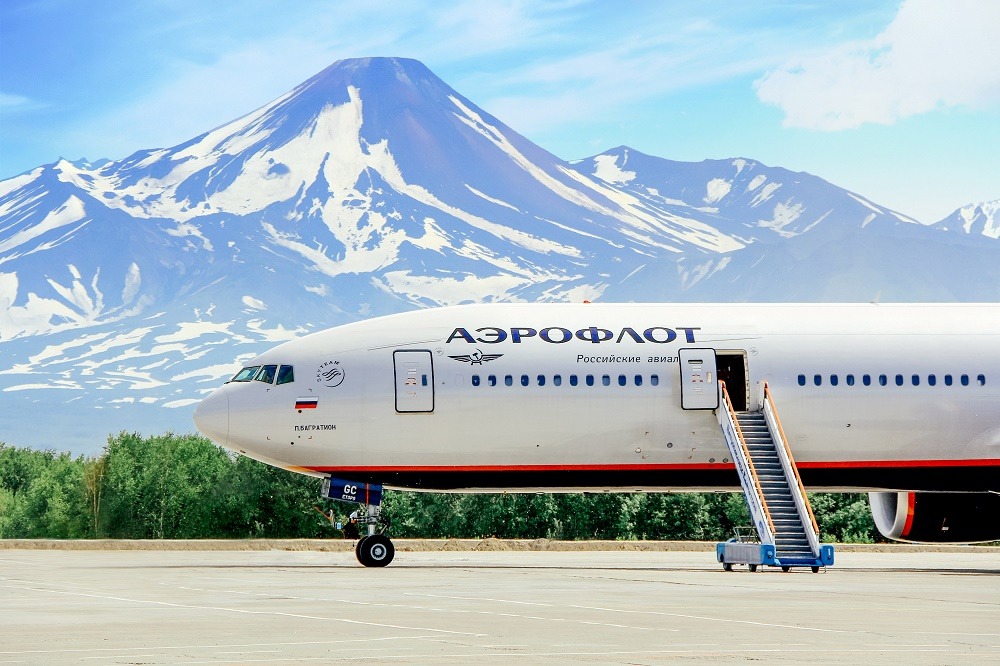Last Saturday, as the EU imposed sanctions on Russian aviation, Avolon and the lessors learned they had 30 days to get their aircraft back. Terminating contracts is one thing, but getting the planes back from a belligerent Russia is another. On Sunday, Avolon spotted that one of its aircraft — a Boeing 737 that had been leased to an Aeroflot subsidiary — was on the tarmac in Istanbul. Avolon moved to seize the plane before it could escape to Russian airspace. Avolon was able to seize that 737, but not many lessors have been as lucky. There are 204 Irish-owned…
Cancel at any time. Are you already a member? Log in here.
Want to read the full story?
Unlock this article – and everything else on The Currency – with an annual membership and receive a free Samsonite Upscape suitcase, retailing at €235, delivered to your door.

